I recently had a long stopover at the enormous airport in Dallas-Fort Worth. It involved the usual sorts of airport activities – getting from one terminal to another (in this case by the monorail that connects the five terminals), looking for lounges and a place to eat, trying to get information about another flight, going up and down on escalators, walking crowded corridors, studying screens of flight departures, and looking out through windows at the vast spaces devoted to aircraft and other machines.
In the course of all these activities I began to think about placelessness, and specifically about the way I was temporarily trapped in what the French ethnographer Marc Augé has called a “non-place”. I took some photos to try to capture my experiences, but my travel had started long before dawn and I had two more flights that day, so it wasn’t until I got home to an actual place that I was able to reflect on those experiences.
Non-Place and Placelessness
In 1995 Augé proposed that “supermodernity,” the globally interconnected condition of the late 20th century, was producing non-places. Previous types of places, he suggested, have a history and culture, and residents who share an identity and sense of commitment to them. In contrast, the non-places of supermodernity, such as motorways, clinics, hospitals, and airports, are experienced in fleeting, temporary ways that have no room for history or belonging. In non-places we are in transit, passing through them as customers, passengers, clients, or patients (see p.77 and p 102). But this does not mean the erasure of place distinctiveness, and Augé was careful to point out that “place and non-place are like opposed polarities – the former is never completely erased and the second never totally completed (p.79).”
I understand non-places as specific manifestations of placelessness, which is the broader process of undermining attachment to place by diluting geographical distinctiveness with standardised ways of doing things. While elements of this have a long history, it has been especially powerful since the mid-twentieth century, first with the surge of post-war rebuilding, then the need to accommodate population growth, coupled with globalisation and the widespread use modernist design practices that put undecorated functionality ahead of sense of place. This tendency has been partially countered since the 1970s by the protection cultural and natural heritage that is vested in particular places, as well as a growing sense of the ecological value of locality.
In other words, the polarities of place and placelessness are always shifting. What I encountered in Dallas-Fort Worth Airport seemed to that offer clues about the ways that this is happening.
Background on The Airport
Here are some basic facts about Dallas-Worth Airport. It started operations in 1974, about when what Augé calls the age of supermodernity is usually considered to have begun, to replace two older small airports. In 2022 it was, in terms of passengers, the second busiest airport in the world (Hartsfield-Jackson in Atlanta is the busiest with about 94 million). It is a major hub in international and national networks of air travel, with links to 193 domestic destinations and 67 inte rnational non-stop destinations. It has 60,000 employees. It covers 26.9 square miles (70 square kilometers), an area slightly greater than the island of Manhattan. And significantly it has its own city designation and postal Zip code, which makes it easy to check for data about it in the US Census; that indicates its residential population is zero.
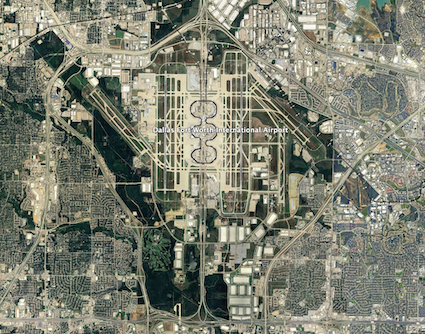
So Dallas-Fort Worth Airport, the second busiest airport in the world for passengers, is a city with tens of thousands of employees, visited on average by about 200,000 people a day, where nobody lives. It is, in Augé’s terms, clearly a huge non-place, intended to facilitate customers in transit from one place to another but lacking a deep history or cultural identity.
But Augé’s point that place and non-place are like opposed polarities warrants consideration. While the non-placeness of DFW prevails, there are some distinctive place characteristics. One is the unique layout of the airport, with a highway running down the middle of its five terminals the provides easy access for parking close to each terminal, and with a monorail that weaves sinuously around them for passengers transferring to connecting flights. And in the the passenger zone that there are signs that do refer to its location in Texas, some with photos of the respective mayors of Dallas and of Fort Worth, though my sense was that these are few and far between. And, of course, for the 60,000 people who work but do not live in the airport, there is presumably some sense of community and engagement with place.
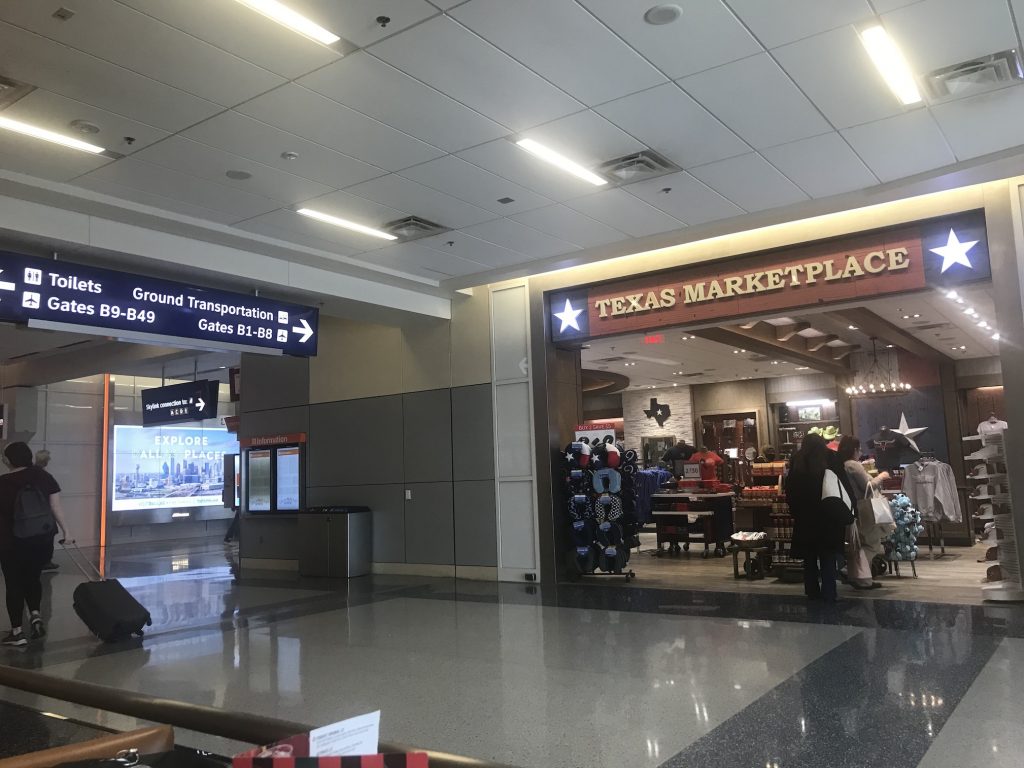
The Importance of Airports as Non-Places
What DFW suggests to me is that airports have become the paragons of non-place. They are its largest manifestations, and, globally, more than 10 million people pass through them every day. In 2019 the number of airline passengers worldwide was about 4.7 billion (the peak year before Covid, but it could well be reached again in 2024). Of course, that includes many passengers who fly several times, and even in the developed countries of Europe, North America and Australasia flights per capita each year amount to only between 2 and 4. In most less developed regions the great majority of people never fly. Nevertheless airports are both leading symbols and have keys roles in the infrastructure of modernity and globalization.
• First, there is their enormous size. Airports are among the most prominent landscape products of modern civilization (along with skyscrapers, apartment towers, shopping malls and the sprawling cities which they serve). They have no historical precedent, did not exist before the 20th century, and until about 1950 were relatively humble facilities, little more than large fields with hangars. Since then they have expanded spatially to occupy more land than the downtowns of the cities with which they are associated. In terms of the They are incomparably larger than other types of non-places that Augé identified, such as motorway service centres, clinics, hospitals, railway stations and shopping malls.
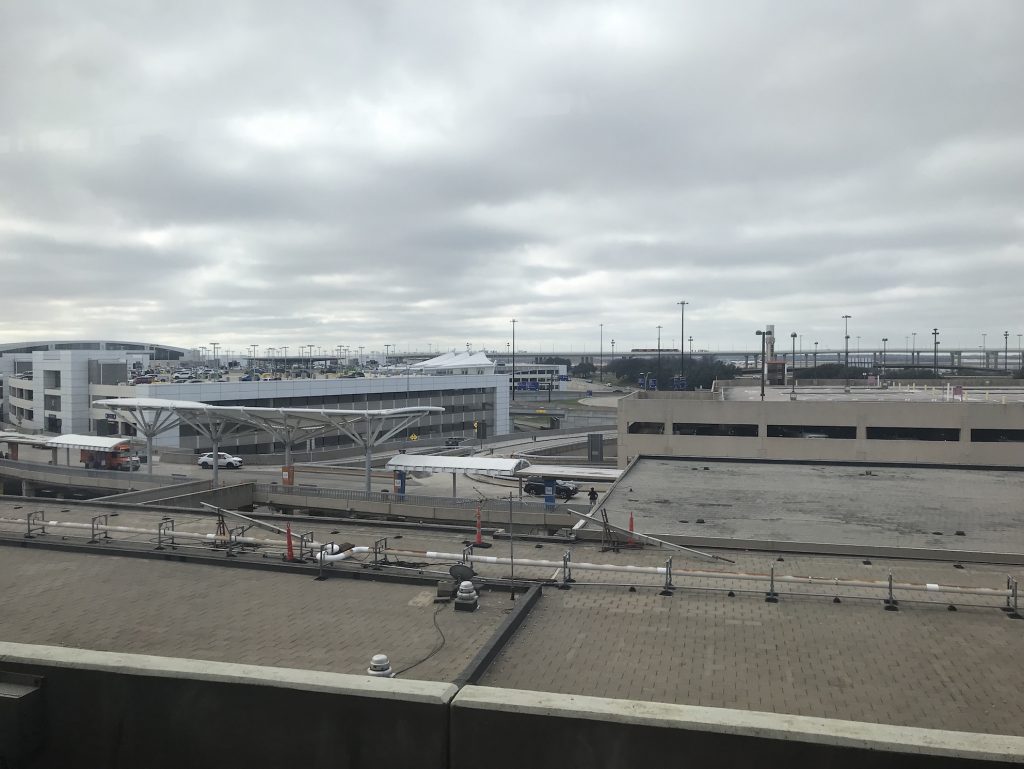
• Second, they attract almost no aesthetic attention. Airports occupy space that it greater than landscape gardens of the 18th century and the great urban parks of the 19th century, which are widely admired for their aesthetic merits. And the runways have a spatial scale is unquestionably awesome but treeless and seems to attract no aesthetic attention. While most airports have installations and artworks in passenger areas, their engineered, functional landscapes are apparently regarded as elements of urban infrastructure designed most for machines and easily ignored. In other words, airports are experienced fleetingly as blank landscapes.
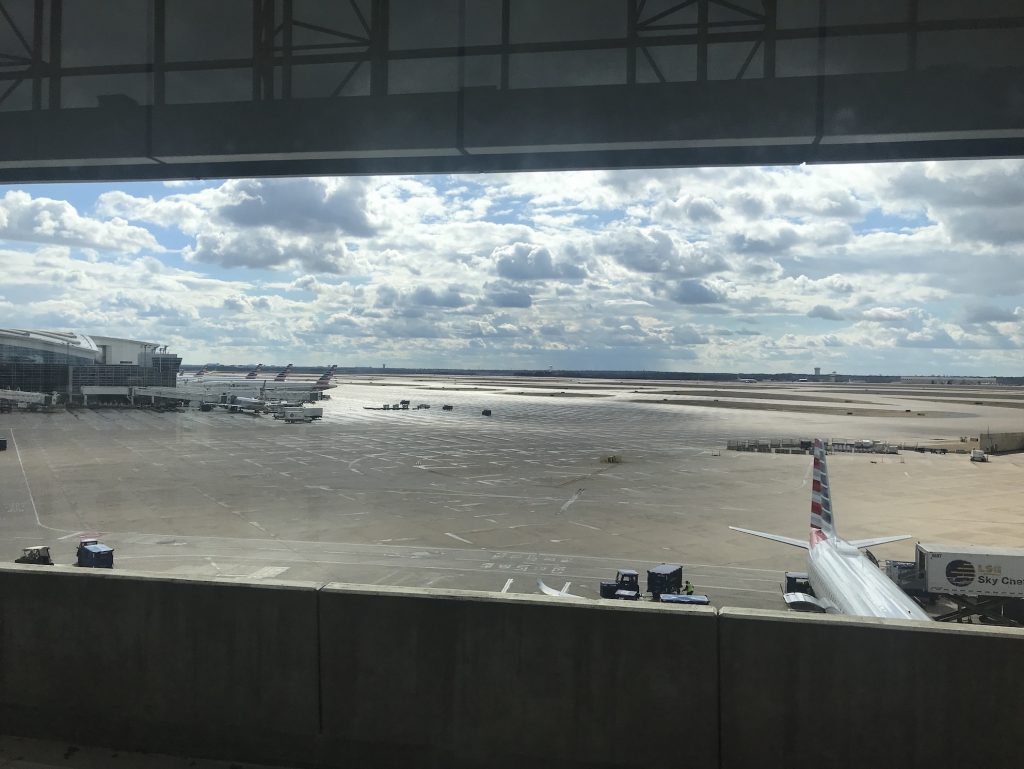
• Third, the importance in people’s experience of the world is growing. More people travelling by air means more people experiencing the huge non-places of airports. The number of passengers carried by air transport has grown steadily from 310 million in 1970 to 4.7 billion in 2019. The optimistic projection of the airline industry is that, after the pandemic dip, air travel will soon exceed 2019 levels and could well double by 2040, with much of the future growth in Africa and South Asia. The case is that more and more people are passing through the non-places of airports. This is indicated by the rapid growth of international tourism. In 1950 there were about 22 million international tourist arrivals, then equivalent to less than one per cent of the world’s population travelling internationally; by 1975 the number had grown to 222 million, equivalent to 6 per cent of the world’s population; in 2019 there were almost 1.5 billion such arrivals equivalent, to almost 20 percent of the global population. In short, more and more people are experiencing the non-places of airports in order to travel for vacations.
• Fourth, many of the non-place characteristics of airports extend into the urban zones around them, which are filled with parking lots, chain hotels, networks of expressways and wide roads, and distribution centres for handling air freight and supplying services to the airport that are housed in very large, undistinguished buildings with blank walls and loading bays for trucks. It seems that the non-placeness of airports is mestastasizing into the surrounding landscapes.
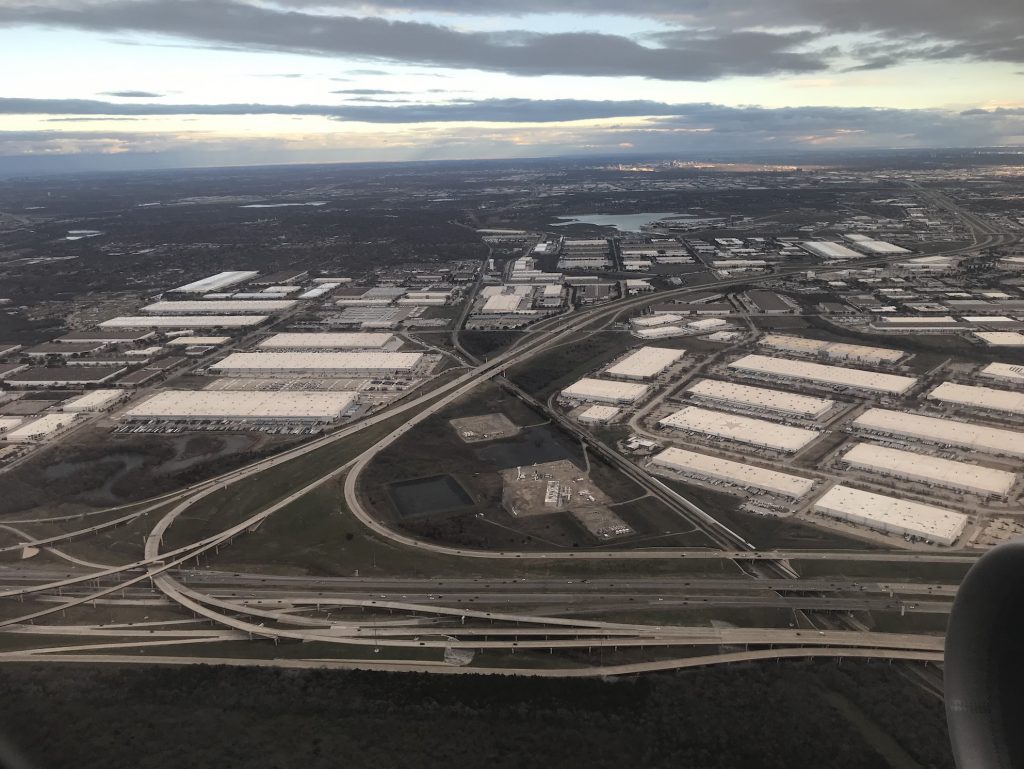
A Concluding Comment
What my experience at Dallas-Fort Worth, combined with my experiences at t other large international airports, suggests to me is that the mitigation of processes of placelessness that has happened with protection of cultural and natural heritage since about 1970, does not apply to non-places. Airports are the pre-eminent instance of non-place, and they have grown significantly both in spatial extent and in the number of people who pass through them. Whether this is also the case with other types of non-places I do not know. What I do know from my own airport experiences is that as non-places they are not exactly alienating, but neither are they engaging. They involve neither commitment nor antipathy. They are somewhere to be tolerated, with a sort of detached neutrality, as increasingly unavoidable and necessary aspects of travel between places that do matter to us.
Marc Augé, 1995 Non-Places: Introduction to the Anthropology of Supermodernity, (London: Verso)
and on this website see my post about Non-Place and Placelessness